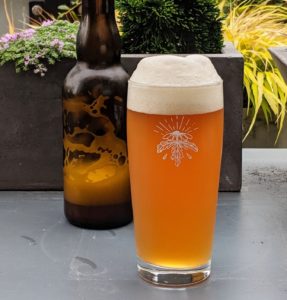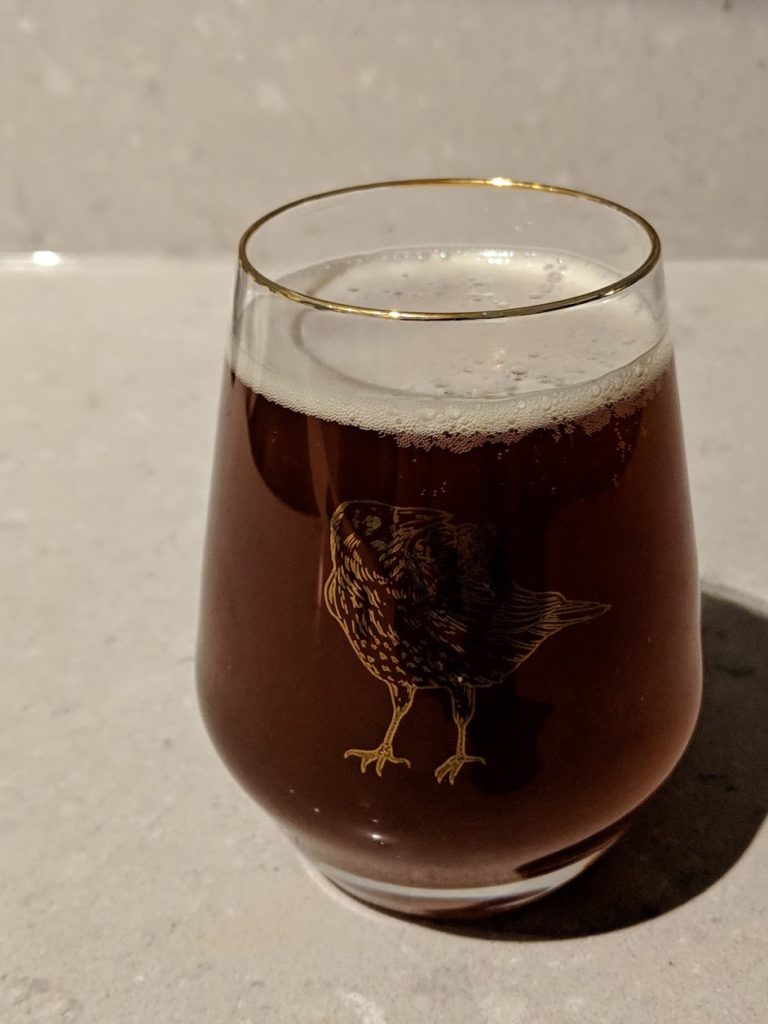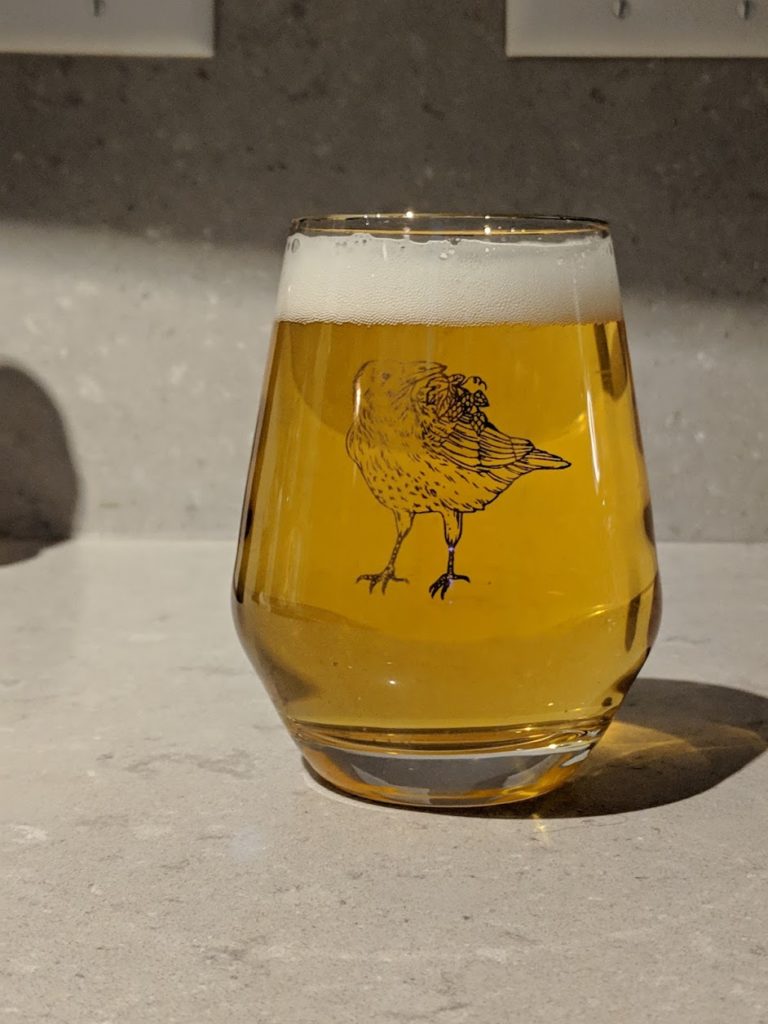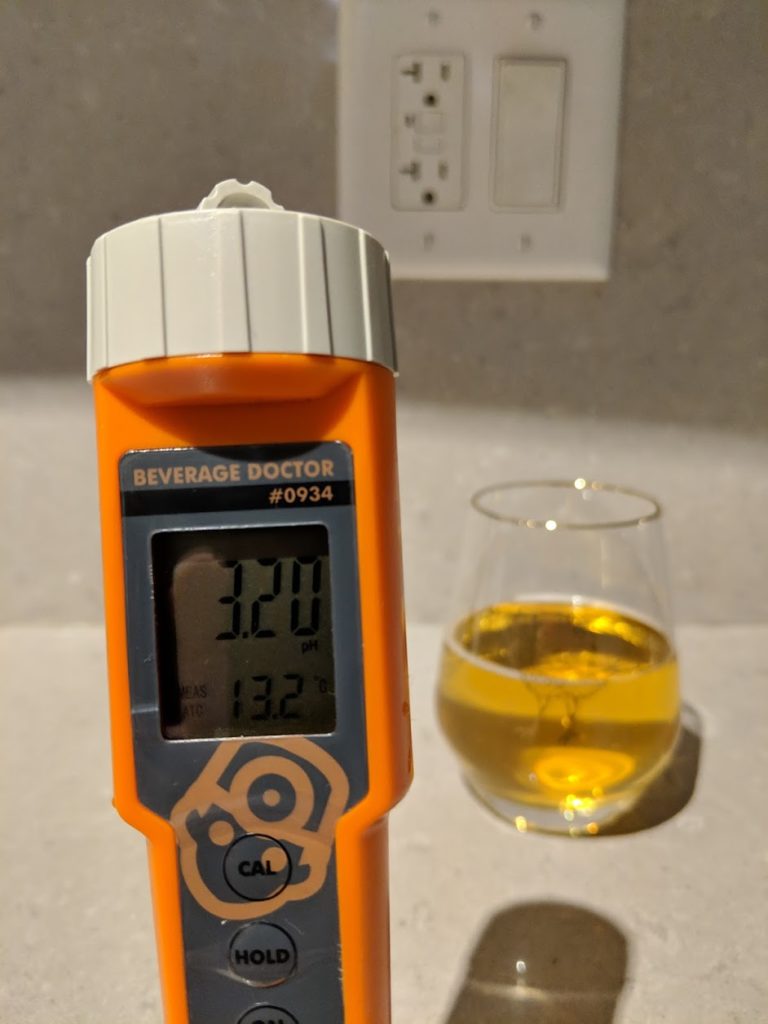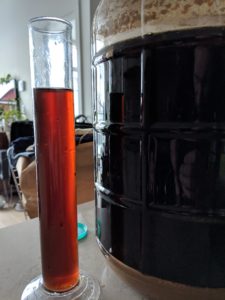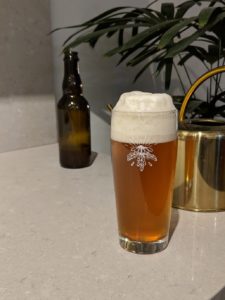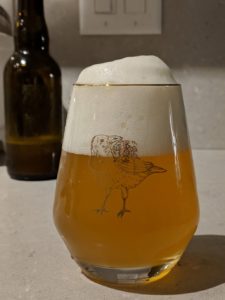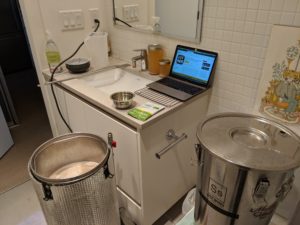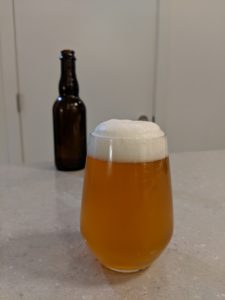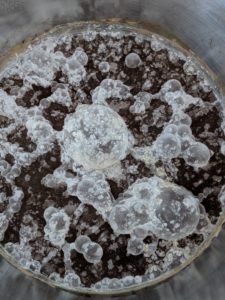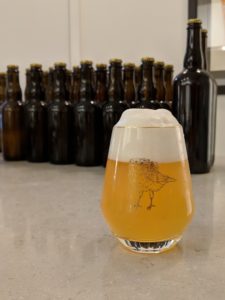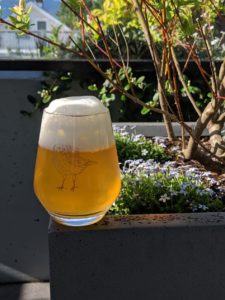Yet another iteration of my house golden saison, this time using Escarpment Labs’ “Spooky Saison” blend which I can only assume is the Fantome strain (same as WY3725PC?). If this is true, it is a very well attenuating strain with pretty reserved ester and phenolic profiles. I will be accentuating this with a good dose of hops and bottle conditioning half the batch with brettanomyces. I have used this strain once before in ‘Old Lanes’ which was 100% Pilsner malt. I look forward to exploring it with both this and the malty house saison recipe, as I feel like it may be a good fit for my ‘house blend’ if I can get different things out of it at different temperatures.
Keeping the grist the same as the last batch due to its success, but tweaking the bitterness to be higher than previous ‘standard’ versions, but not as high as the extra-hopped version I made recently.
Stats:
OG: 1.045
FG: 1.003
IBU: 36
ABV: 5.5%
Brewed on the Grainfather, with the following batch parameters:
16L mash volume
15.5L sparge volume
26.9L target pre-boil volume
Target pre-boil SG 1.036 (73% BHE)
23.1L target post-boil volume
21L target fermentor volume
Water Adjustments:
6g Gypsum (2/3 in mash, 1/3 in sparge)
4g Calcium Chloride (2/3 in mash, 1/3 in sparge)
Mash Profile:
131F dough-in for 15 mins
145F for 45 mins
152F for 45 mins
170F mash-out
Boil 150 minutes
Grist:
78% Bohemian Pilsner [3.12 kg]
12% Vienna malt [0.48 kg]
8% Flaked wheat [0.32 kg]
2% Acid malt [0.08 kg]
Hopping:
30g German Tradition @ 60m [24 AAU]
10g Azacca @ 15m [8 AAU]
10g Nelson Sauvin @ flameout
20g CZ Saaz @ flameout
Dry hop: 10g CZ Saaz, 10g Nelson Sauvin
Fermentation:
Escarpment Labs ‘Spooky Saison’ 180B pack
No starter, pack dated best before Feb 22 (cutting it close)
Pitch temp 64F
First 48h set to 78F
Next 48h set to 80F
Next 48h set to 82F – activity rather abruptly subsided @ 5 day mark
Allowed to drop to ambient ~68F for 7-10 days
Bottle condition to 3.2 vols CO2.
Brew Day Notes: The 131F rest lasted about 25 mins instead of 15, and added a short rest at 161F on the way up to mash out. Hit pre-boil volume and SG perfectly – 27L and 1.036. 45 mins to go from mash out to boil; left the grain basket on until 196F.
Collected 21L into the fermentor of 1.045 wort, a bit higher than the 1.042 target.
Bottled March 3rd 2019 at 1.003.

